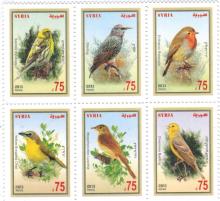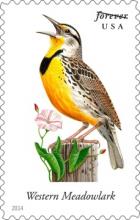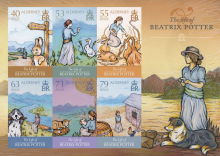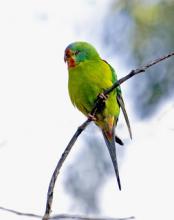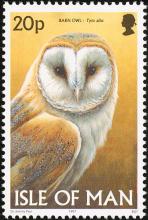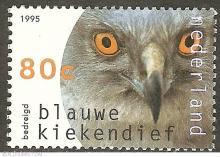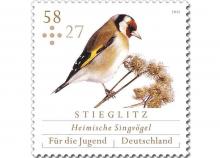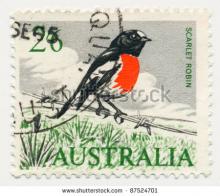
Nur noch zwischen zwei und 20 nistende Brutpaare der Blauracken konnten in den vergangenen drei Jahrzehnten pro Saison in der Steiermark gezählt werden. Das Siedlungsareal bei Stainz zwischen Bad Gleichenberg und Bad Radkersburg im Grenzgebiet zu Slowenien ist der kümmerliche Rest eines einst viel größeren Verbreitungsgebietes der Rackenvögel auf österreichischem Boden. Um 1880 waren die Blauracken nicht nur in der gesamten Süd- und Oststeiermark heimisch, sondern siedelten auch im Kärntner Drautal, fast im gesamten Burgenland und im südlichen Niederösterreich bis Wien. Während Anfang der 1950er-Jahre noch rund 270 Brutpaare in der Steiermark nisteten, nahm ihre Zahl vor allem in den 1970er-Jahren dramatisch ab. Nur wo halbwegs extensive Landwirtschaft betrieben wird, haben sie eine Chance zu überleben. Wegen der Reduzierung der Viehwirtschaft wurden früher Wiesen durch Maismonokulturen ersetzt, und kleinparzellige Ackerflächen verschwanden. Die Blauracken benötigen jedoch diese Habitate für ihre Ansitzjagd auf große Insekten wie Maulwurfsgrillen und Heuschrecken.

